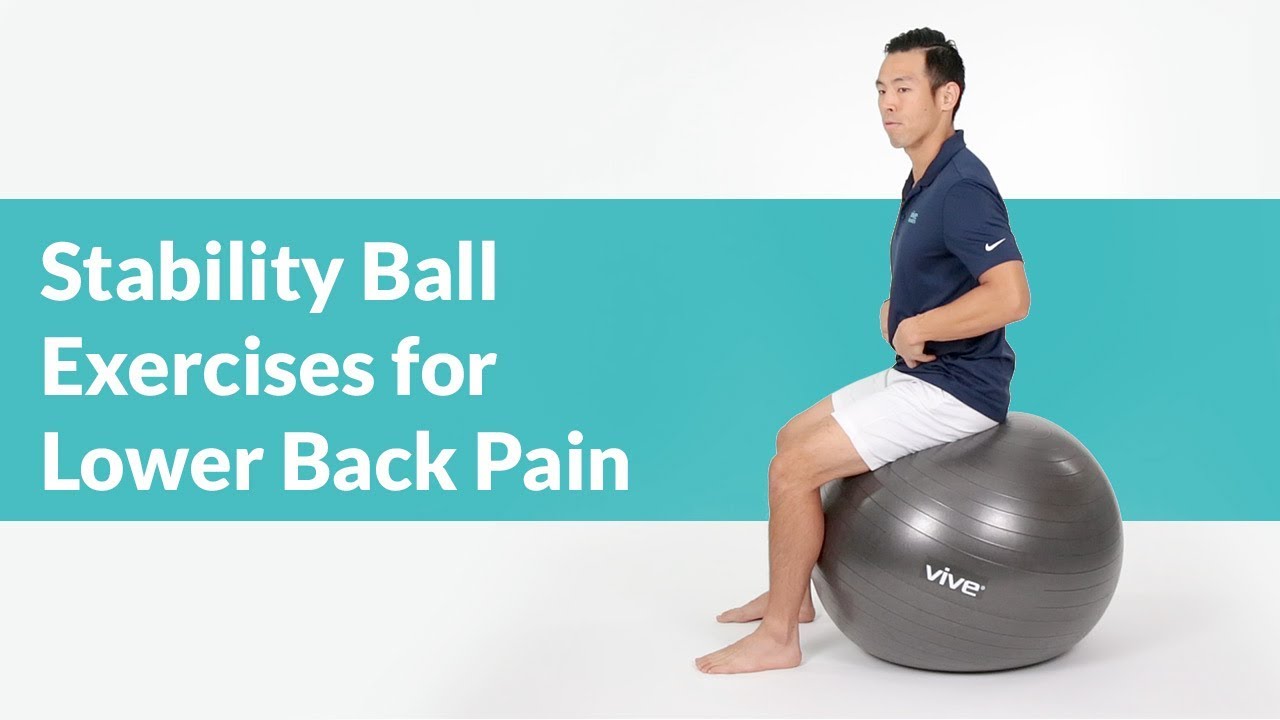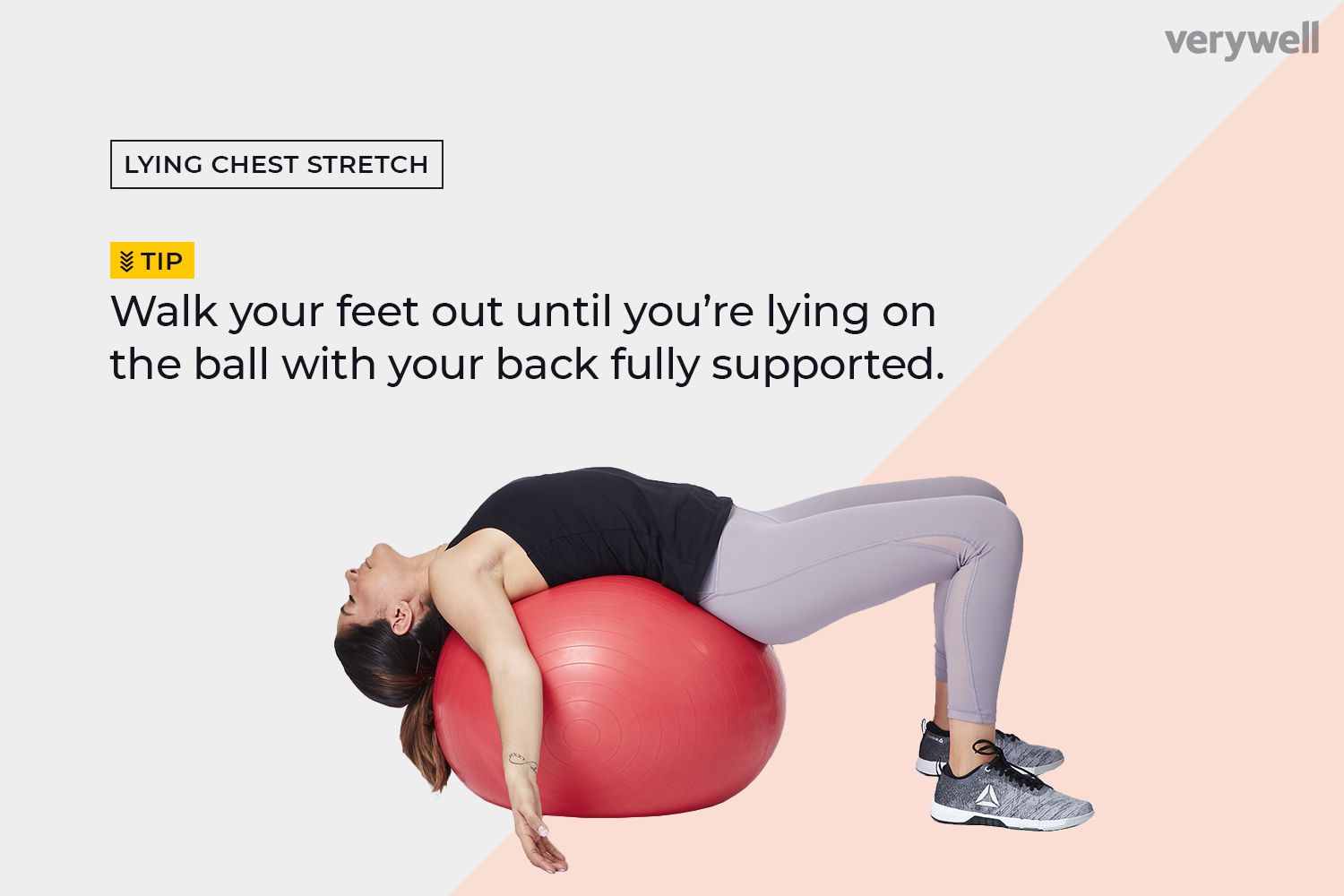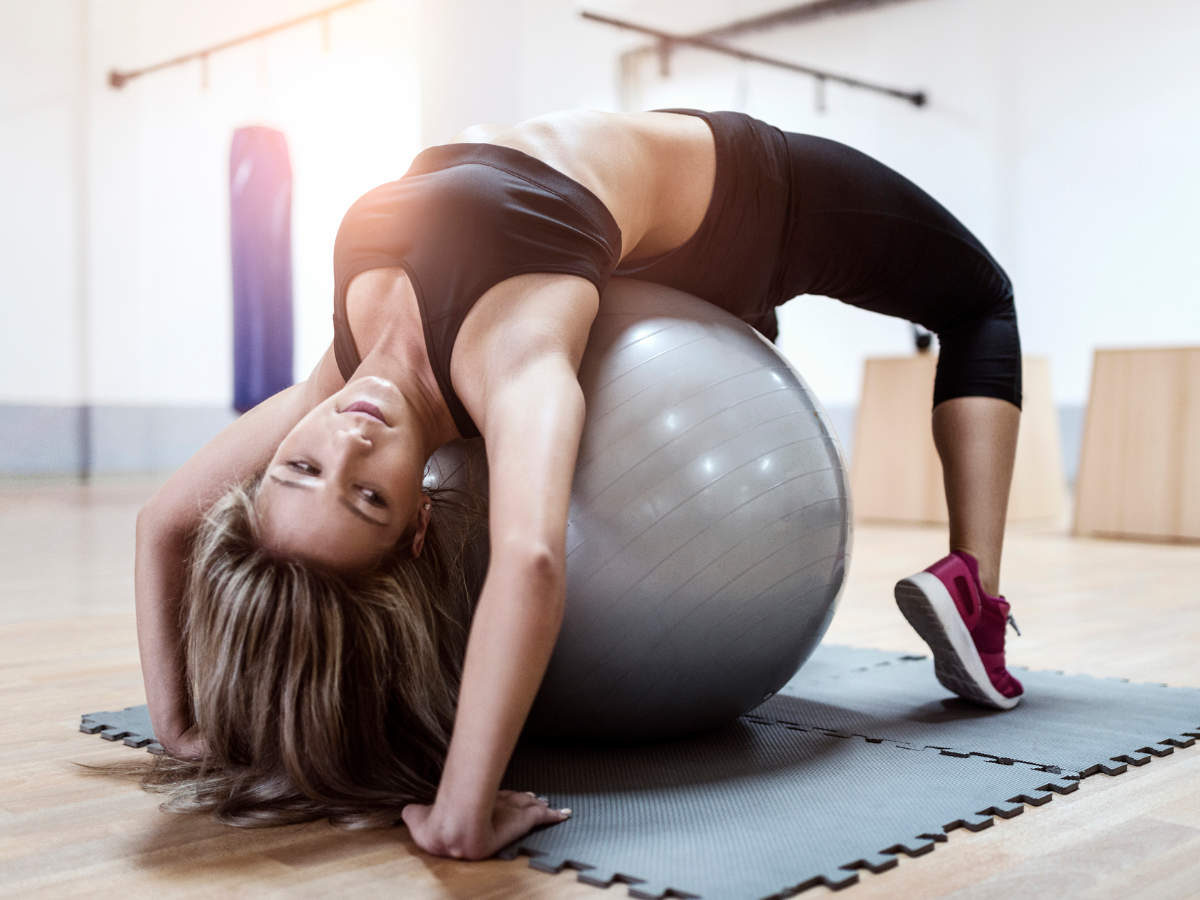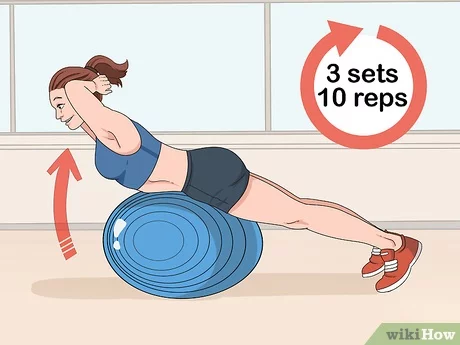Have you ever considered how a simple fitness ball can transform your back strength? It’s fascinating how such an understated tool can play a significant role in enhancing your posture and alleviating discomfort. Let’s unpack the world of fitness ball back exercises and discover how you can incorporate them into your routine.

This image is property of i.ytimg.com.
Understanding the Importance of Back Exercises
Your back is a crucial component of your overall strength and functionality. Maintaining a strong back not only supports your spine but also enhances your athletic performance and aids in daily activities. Back exercises help prevent injuries, improve posture, and relieve tension that can accumulate from prolonged sitting or improper posture. Considering that many of us spend hours hunched over computers, strengthening your back is more important than ever.
The Role of a Fitness Ball
Using a fitness ball, also known as a stability ball, can add a level of challenge to your workouts. The instability of the ball encourages your muscles to engage more fully, leading to better strength development and improved coordination. When you incorporate a fitness ball into your back exercises, you are not just working the muscles directly; you’re also enhancing your overall core stability.
Key Benefits of Fitness Ball Back Exercises
Let’s break down the benefits you can gain from fitness ball back exercises. Understanding these can motivate you to make them a part of your routine.
1. Improved Posture
A significant number of people struggle with poor posture, especially those who sit at desks for long hours. Fitness ball exercises can strengthen the muscles that support your spine, leading to better posture.
2. Increased Core Stability
Your core is not just about your abs; it includes the entire trunk, including your back muscles. By working out on a fitness ball, you engage your core in a way that develops stability and balance, which is essential for all physical activities.
3. Enhanced Flexibility
Many fitness ball exercises also promote flexibility in your back. This increased range of motion can reduce the risk of injury and improve your performance in various physical activities.
4. Injury Prevention
Strengthening your back and core can prevent strains and injuries. A strong back provides the support needed to perform daily activities without strain.

This image is property of www.verywellfit.com.
Key Muscles Targeted by Fitness Ball Exercises
Before you get started, it’s helpful to know which muscles you’ll be targeting. Here are the key muscle groups you will engage while performing fitness ball back exercises:
| Muscle Group | Description |
|---|---|
| Erector Spinae | These muscles run along your spine, helping to keep it erect. |
| Latissimus Dorsi | Located in your back, these muscles play a crucial role in arm movements. |
| Rhomboids | These muscles connect your shoulder blades and upper spine, aiding in posture. |
| Trapezius | This large muscle helps move and stabilize your shoulder blades. |
| Multifidus | These deep spine muscles stabilize your vertebrae. |
With a clear understanding of your muscles, you can appreciate the significance of working on them effectively with the right exercises.
Warm-Up: Preparing Your Back
Before jumping into specific exercises, warming up is essential. It prepares your muscles and prevents injuries. Here are a few gentle stretches to get you started:
1. Cat-Cow Stretch
The Cat-Cow stretch warms up your spine, and it can be easily done on the floor or a mat.
- Starting Position: Get on your hands and knees.
- Movement: Alternate between arching your back (like a cat) and dropping your belly (like a cow). Do this for 1-2 minutes.
2. Child’s Pose
This stretch helps release tension in your back.
- Starting Position: Kneel on the floor, sitting back on your heels.
- Movement: Reach your arms forward while lowering your torso toward the ground. Hold for 30 seconds.
Warm-up is crucial for ensuring that your back muscles are ready to engage without the risk of strain.

This image is property of static.toiimg.com.
Fitness Ball Back Exercises
Now, let’s dive into some specific fitness ball back exercises that will help you build strength and stability. You can perform these exercises in a sequence to form a comprehensive workout.
1. Ball Back Extensions
This exercise targets your lower back and helps improve posture.
- How to Perform:
- Lie face down on the fitness ball with your feet planted on the ground.
- Place your hands behind your head or crossed over your chest.
- Lift your chest off the ball by extending your back, squeezing your glutes, and lowering back down.
- Repetitions: Aim for 10-15 reps.
2. Ball Plank
While primarily a core exercise, the ball plank also engages your back muscles effectively.
- How to Perform:
- Start in a push-up position with your shins resting on the ball.
- Keep your body in a straight line from head to heels.
- Hold the position for 20-30 seconds, gradually increasing the time as you get stronger.
3. Seated Ball Twist
A great exercise for your upper back and core, this exercise emphasizes rotation, which is essential for spinal mobility.
- How to Perform:
- Sit on the ball with your feet flat on the ground.
- Lean back slightly while engaging your core.
- Hold a weight or medicine ball, and twist your torso side to side for 10-15 reps on each side.
4. Stability Ball Supermans
This exercise targets your lower back and glutes.
- How to Perform:
- Lie face down on the ball with your chest and hips supported.
- Extend your arms and legs straight out.
- Lift your arms and legs simultaneously, squeezing your glutes, and hold for a moment before lowering.
- Repetitions: Aim for 10-15 reps.
5. Wall Squat with Ball
This combination exercise works your legs and your back while improving stability and posture.
- How to Perform:
- Position the ball against a wall, and lean against it with your lower back.
- Walk your feet out a bit, then squat down as if sitting in a chair, keeping the ball pressed against your back.
- Hold for a few seconds, then return to the starting position.
- Repetitions: Aim for 10-15 reps.
6. Side-Lying Ball Lift
This exercise not only targets your back but also works on your obliques, giving you a well-rounded workout.
- How to Perform:
- Lie on your side with the fitness ball between your legs.
- Lift your legs off the ground, squeezing the ball as you do so.
- Hold for a few seconds, and lower back down.
- Repetitions: Aim for 10-15 reps on each side.
7. Ball Bridge
This exercise targets both the back and the glutes, providing a great full-body effect.
- How to Perform:
- Lie on your back with your heels resting on top of the ball.
- Lift your hips toward the ceiling, squeezing your glutes at the top.
- Lower back down and repeat.
- Repetitions: Aim for 10-15 reps.
Cool Down: Stretching Your Back
After your workout, taking some time to cool down and stretch is crucial. Stretching helps your muscles relax and promotes flexibility. Here are a few stretches to conclude your session:
1. Spinal Twist
- How to Perform:
- Sit on the ground with your legs extended.
- Bend your right knee and cross it over your left leg.
- Twist to look over your right shoulder. Hold for 15-30 seconds, and switch sides.
2. Standing Forward Bend
This stretch helps relieve tension in the back.
- How to Perform:
- Stand with your feet hip-width apart and hinge at your hips, letting your upper body hang towards the ground. Hold for 15-30 seconds.
3. Child’s Pose
Returning to the Child’s Pose can help you relax after your workout and release any remaining tension.
- Perform as described in the warm-up section.
Incorporating Fitness Ball Back Exercises into Your Routine
To see the best results, consistency is key. Consider these tips for incorporating your new exercises:
- Frequency: Aim to include these exercises in your routine 2-3 times a week.
- Variation: Mix and match the exercises to keep your routine fresh and engaging.
- Listen to Your Body: Pay attention to how your body feels. If something feels off, modify your reps or ranges of motion.
- Hydration and Nutrition: Proper hydration and nutrition support your fitness goals and recovery.

This image is property of www.wikihow.com.
Conclusion: Making Back Health a Priority
Your back plays such an important role in your everyday life, and it’s time to prioritize its health. By incorporating fitness ball back exercises into your routine, you can build strength, improve your posture, and help prevent injuries. That’s a package deal worth striving for!
Imagine how good it will feel to stand tall and move freely, all because you’ve committed to caring for your back. So, grab your fitness ball and get started on this journey toward a stronger, healthier you. After all, your back truly deserves it!